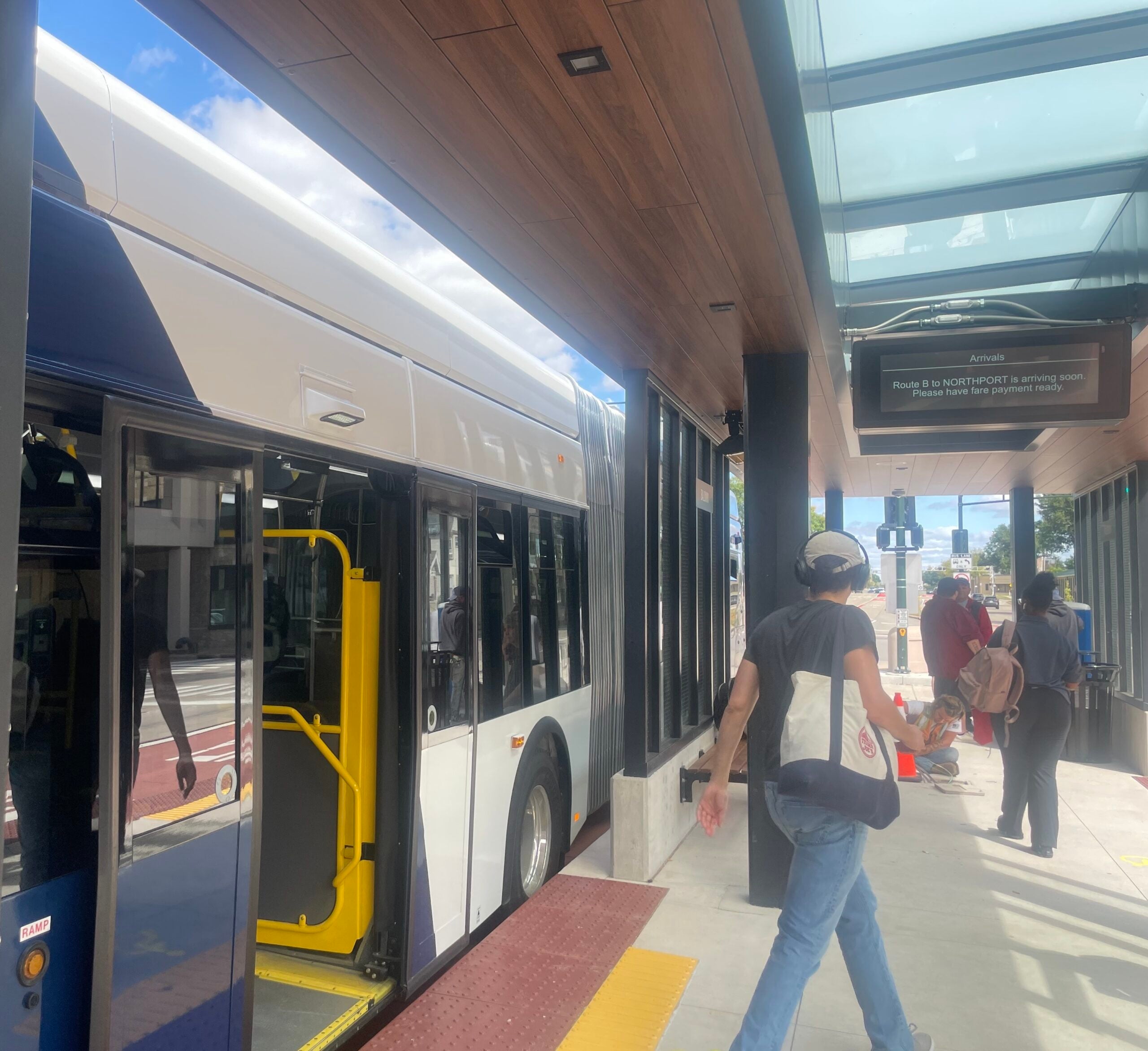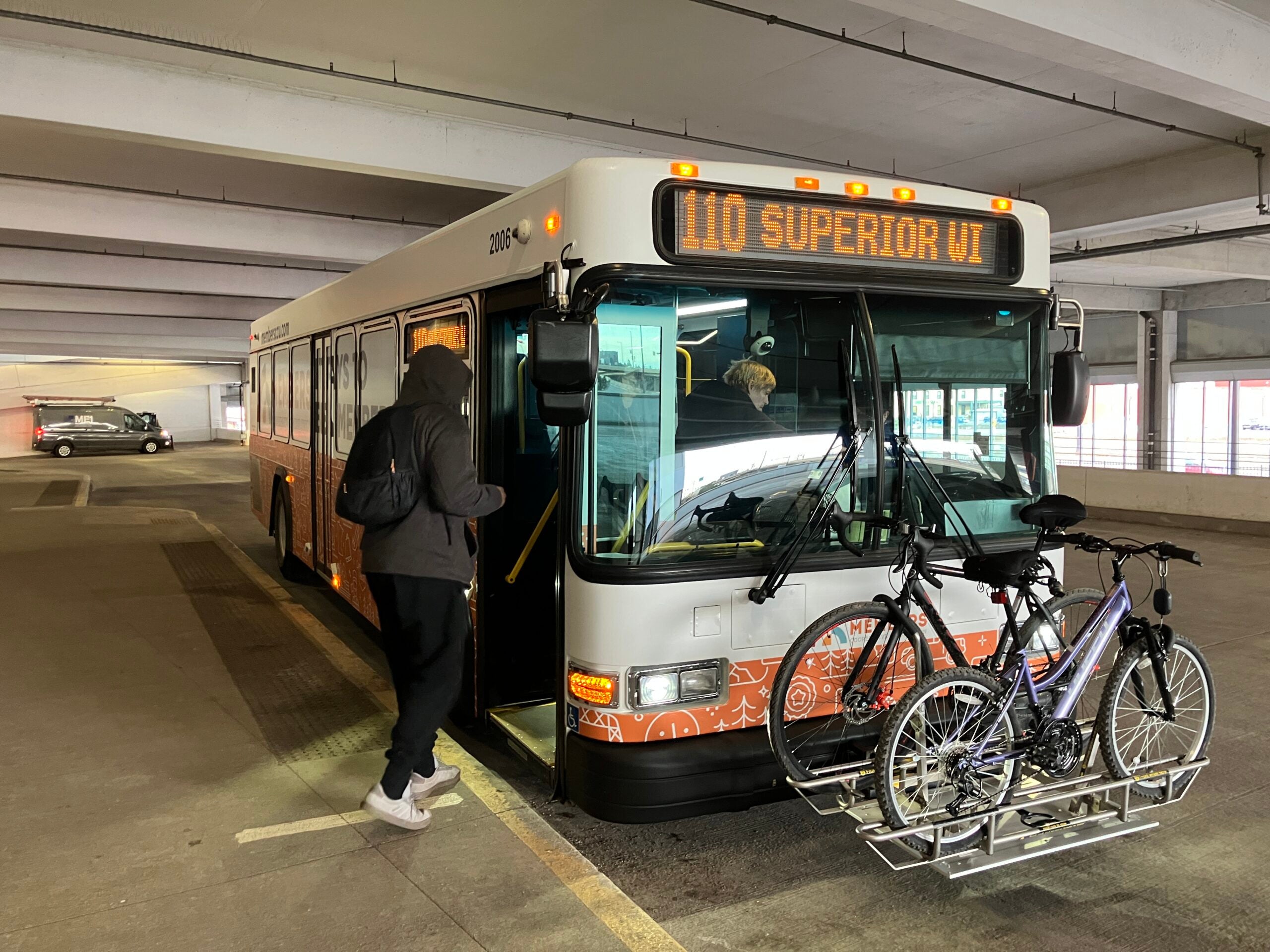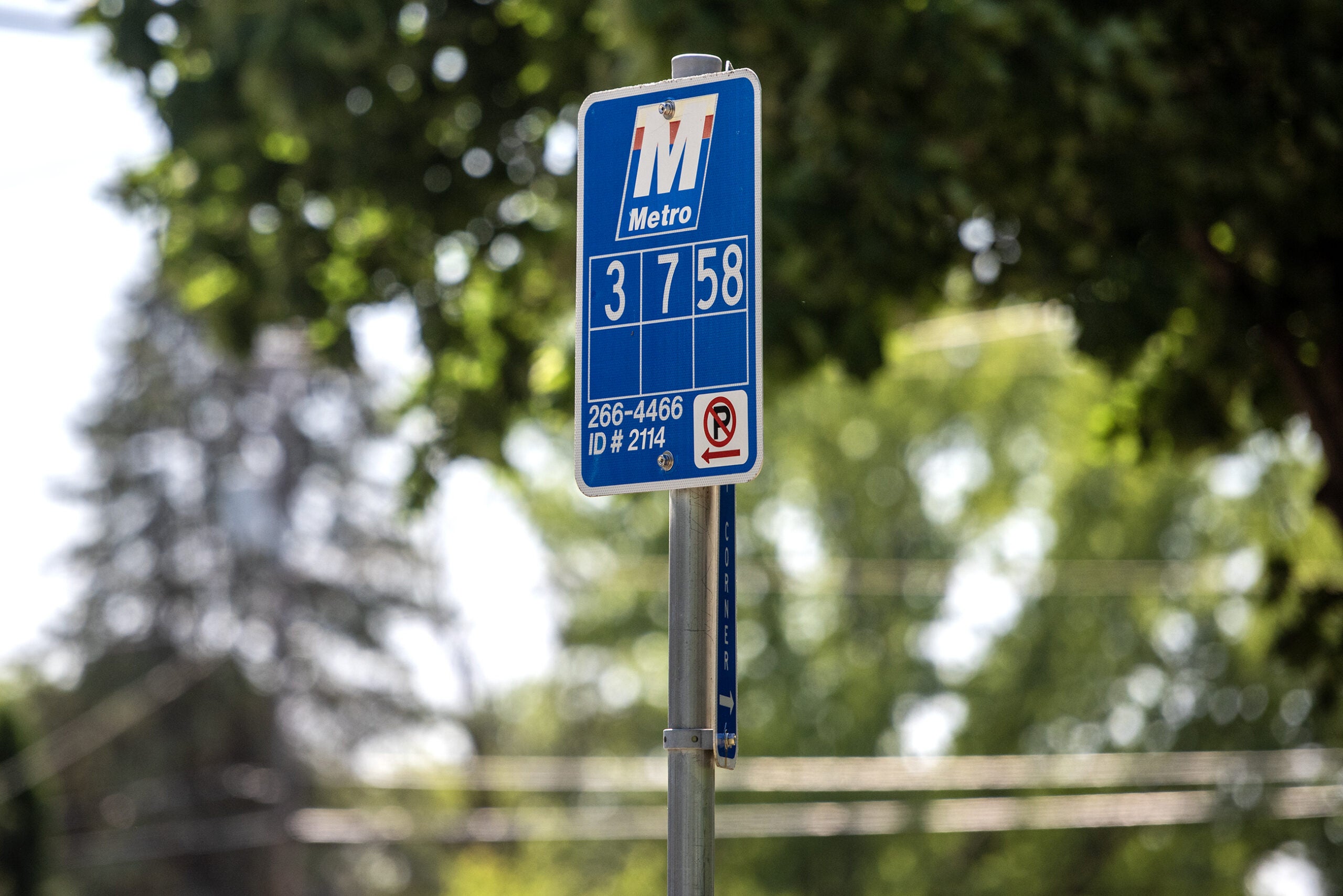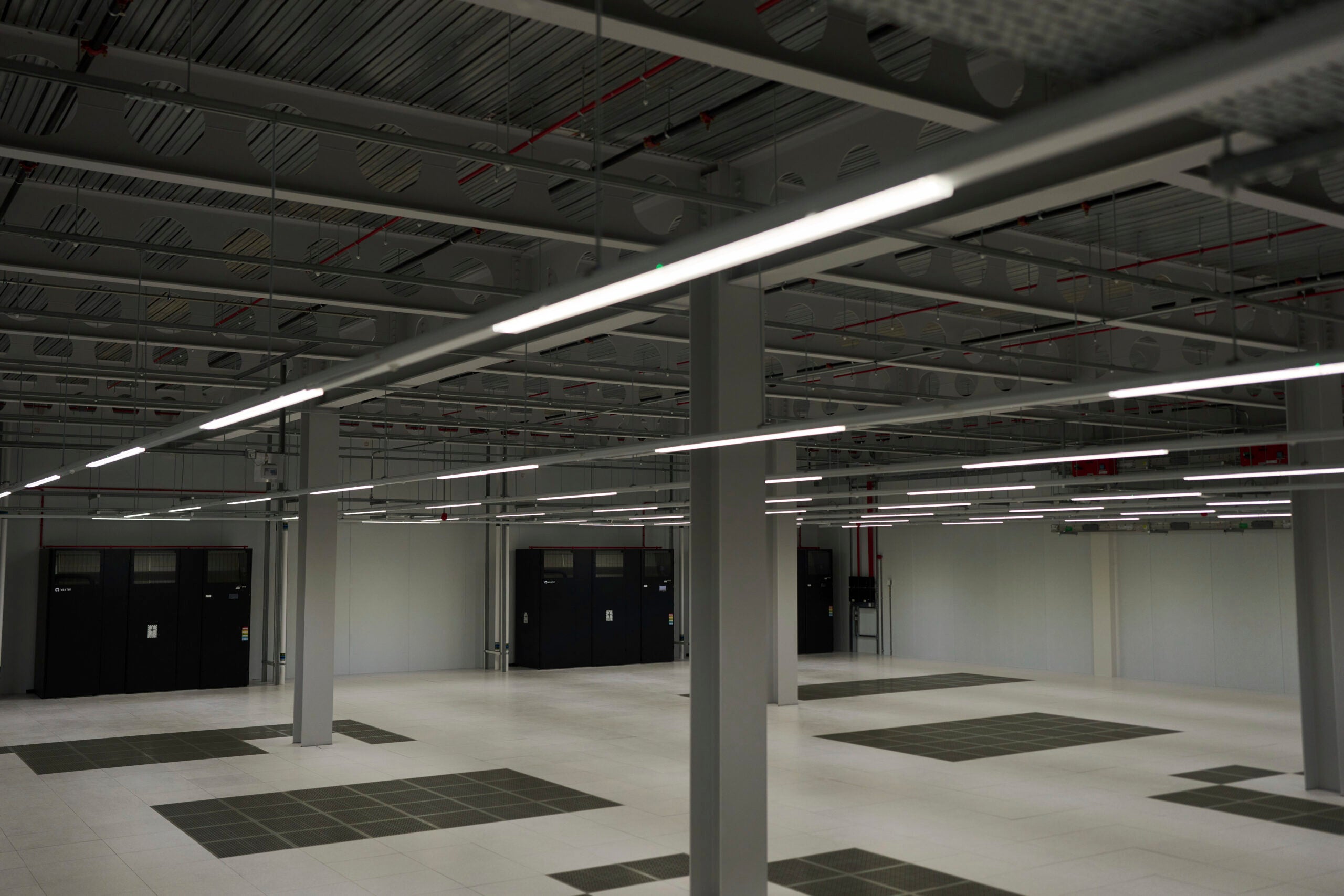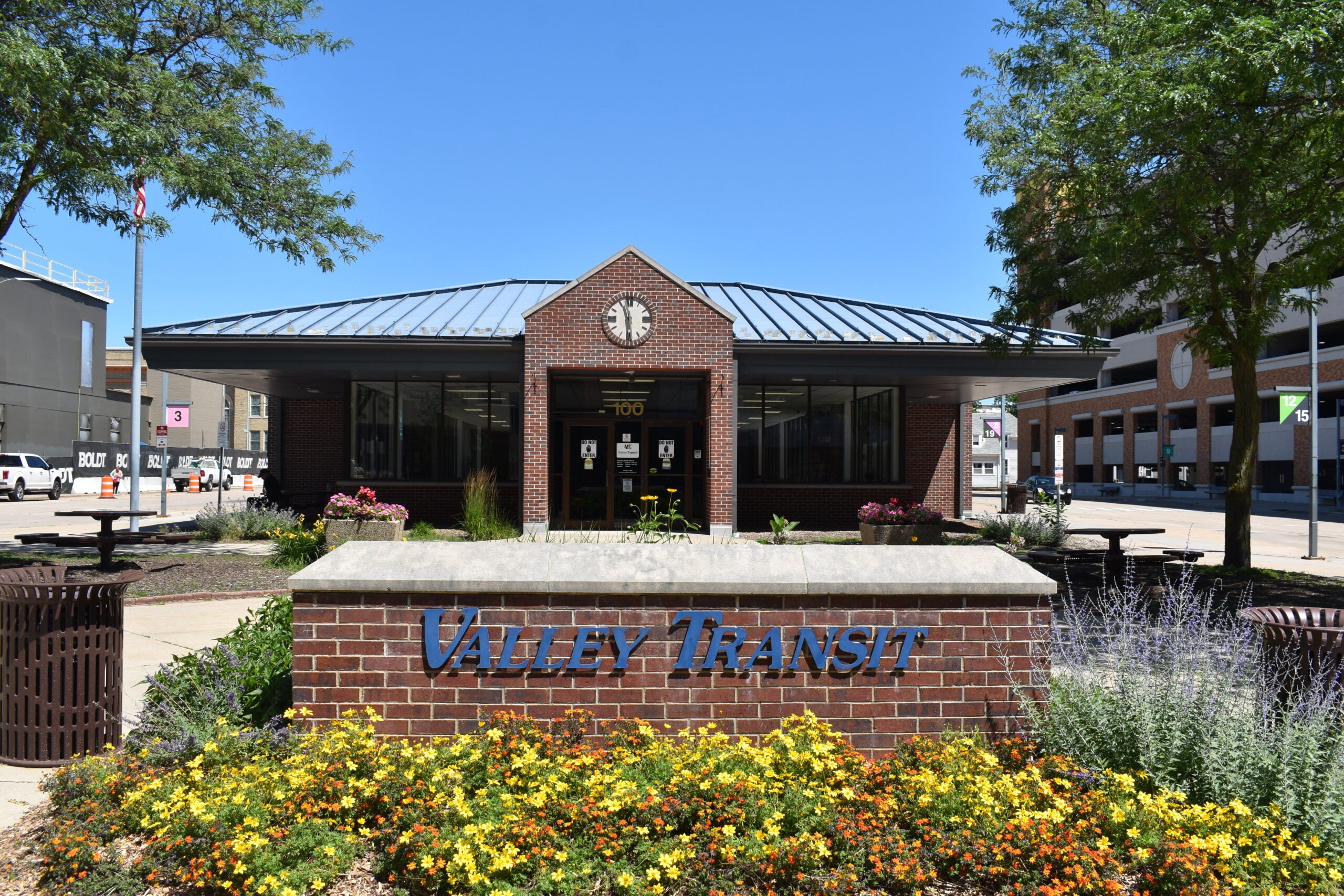After more than a decade of planning, a new public transportation system launched this week in Madison.
The city’s Bus Rapid Transit line aims to shorten commute times with more frequent stops at high-demand locations.
The east-west route also includes dedicated bus lanes and heated stations where riders can pay their fares before boarding.
Stay informed on the latest news
Sign up for WPR’s email newsletter.
The cost to launch the city’s east-west rapid transit line, known as Rapid Route A, totaled nearly $195 million. Federal funds covered about 75 percent of those expenses, and city officials say fares from riders will be used to offset maintenance costs.
The overhaul is needed to meet the needs of a growing population, said Madison Transportation Services Director Tom Lynch.
“We can’t keep adding lanes to our downtown streets, right?” he said in an interview Monday afternoon. “And so this is going to be the mode that really helps relieve traffic congestion and provides equitable and fast access to jobs, people and services.”
The rapid transit line connects to Madison’s existing Metro Transit bus lines. A redesign of those Metro Transit routes took effect last year, in anticipation of bus rapid transit.
Rapid Route A started running Sunday, and was hit by some delays, which Lynch said may have been exacerbated by the weekend’s rainy weather.
Some bus doors weren’t working properly as of Monday, and Lynch said there’s been glitches with some of the fare kiosks.
“We anticipated that there would be hiccups, and so we’re just trying to address them one by one,” he said.
Workers were out at some of the bus shelters Monday, making finishing touches to the construction.
Other city employees stood around, serving as “ambassadors” who could answer questions from riders about fare payment and other issues.
Rapid Route A runs in two directions from Sun Prairie to Junction Road on Madison’s west side. It’s supposed to run every 15 minutes Monday through Saturday and every 30 minutes on Sundays and holidays.
The new buses are electric, and University of Wisconsin-Madison student Joel Wurf said he appreciates the city’s effort to lower its carbon footprint.
He’s noticed that electric vehicles are quieter and speeder than Madison’s older buses.
“I can tell it goes a lot faster,” he said while waiting to board the bus at a stop near the state Capitol. “There’s been a few people I’ve seen who have tipped over slightly with how fast it can increase.”
Middleton resident Jen Filbert commutes via bus two days a week for her job in downtown Madison. She said, while the new rapid transit shelters are “really nice,” she’s not yet sure whether the overhaul will impact her overall commute time.
“It has the potential to be better, but it’s hard to tell so far,” she said. “Unless they add to the frequency from where I live.”
City officials are planning for second rapid transit line which would run north-south along the existing Metro Transit Route B. That north-south rapid transit line could be fully operational by early 2028, city officials said.
Madison officials said they prioritized the launch of an east-west route over a north-south route, because the city needed to submit projected ridership data in order to compete for a grant from the Federal Transit Authority.
“The East-West corridor performs much higher in that regard with more than 120,000 jobs and 80,000 residents residing within a 10-minute walk of the proposed BRT route,” a frequently asked questions section of the city’s website says. “A successful Phase 1 will allow the City to more realistically expand the BRT system over time.”
The Milwaukee County Transit System launched the first bus rapid transit route in Wisconsin last year, when it debuted the Connect 1 line.
Wisconsin Public Radio, © Copyright 2025, Board of Regents of the University of Wisconsin System and Wisconsin Educational Communications Board.
